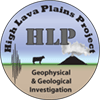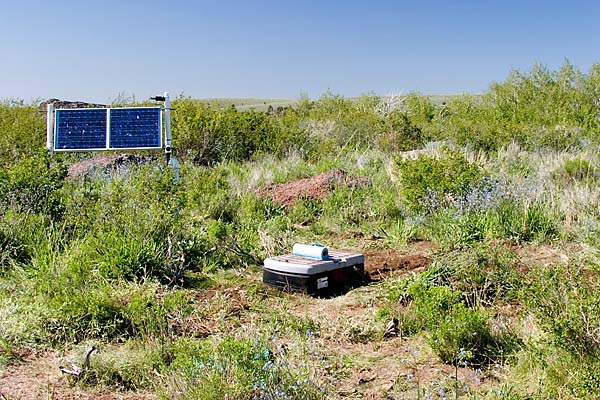The station location should be far from any possible low-frequency noise sources.
Possible noise sources include:
- Vehicular traffic
- Trains
- Pumps from irrigation, pipelines, etc.
- Agricultural equipment
- Tall trees or power poles, which vibrate in windy conditions
The station should have a clear view to the south, allowing sun to reach the solar panels.
An ideal station site (rarely achieved) would have 2.5 – 3 ft of easily dug soil overlying bedrock, so that the seismometer vault could rest directly on bedrock. Locations in sediment-filled basins should be avoided; as such sites are nearly always noisy due to signal reverberations in the basin.
The site crew will generally locate the site, arrange for permissions from the landowner or controlling agency, stake the site, and record the location and driving directions to the site. This is typically done well in advance of station construction. The site crew may find it useful to carry the following:
- 6-ft section of 5/8-inch rebar
- Fence post driver
- Locking pliers (Vise-Grips)®
- Fence post puller
The fence post driver is used to drive the rebar into the ground to measure depth to bedrock. If it is not possible to remove the rebar by hand, the locking pliers and fence post puller can be used to recover it.

